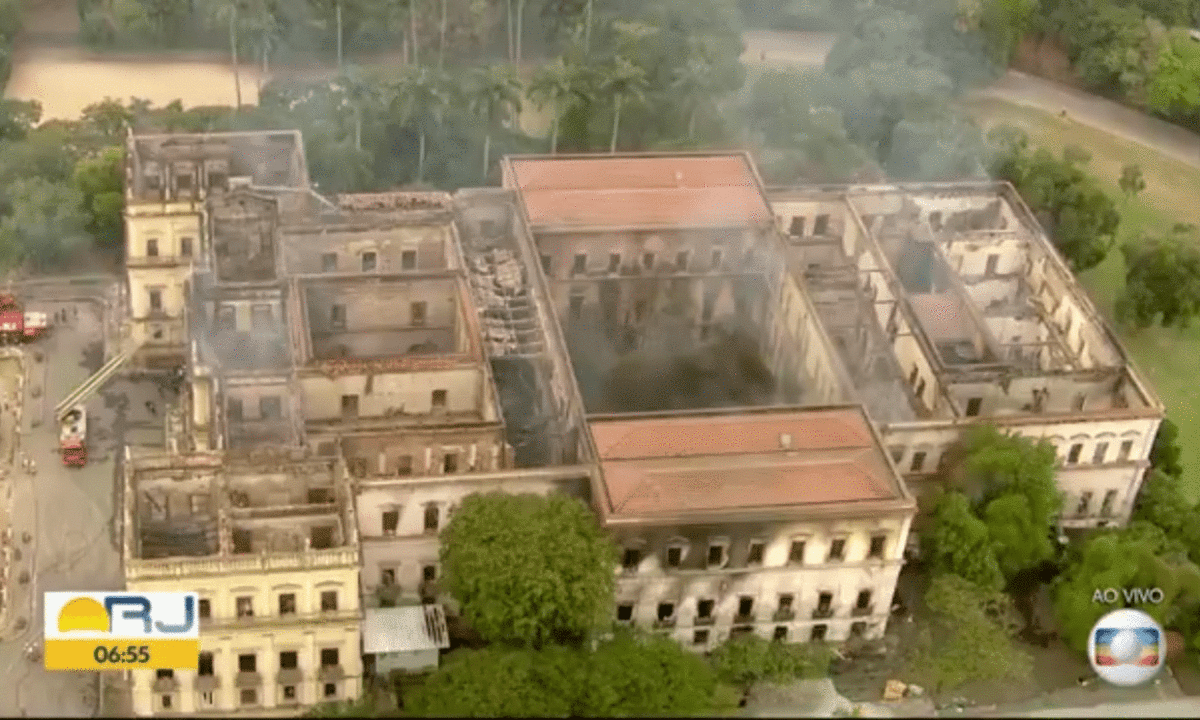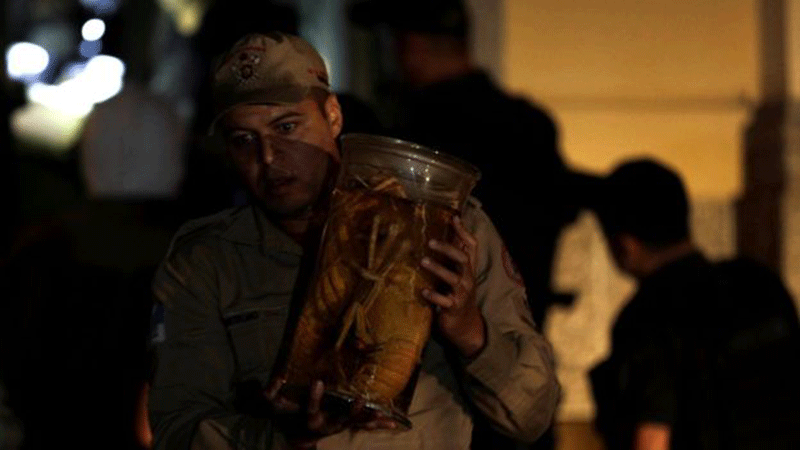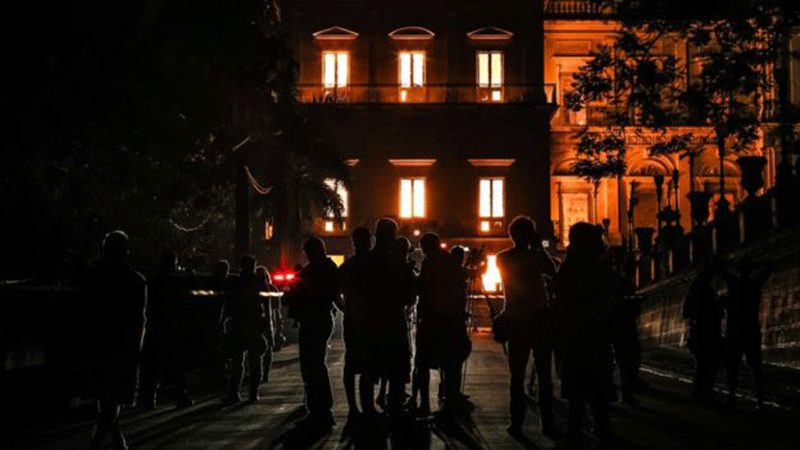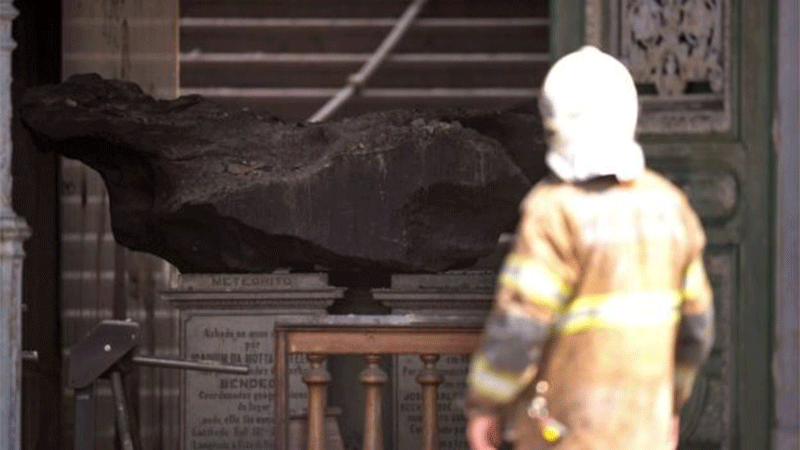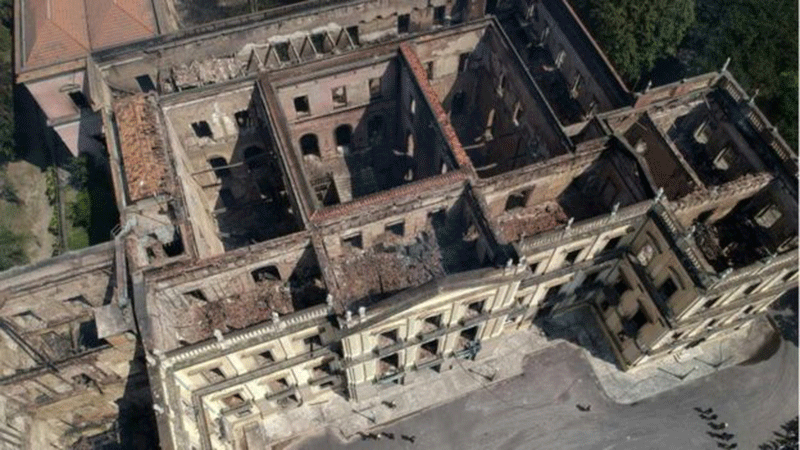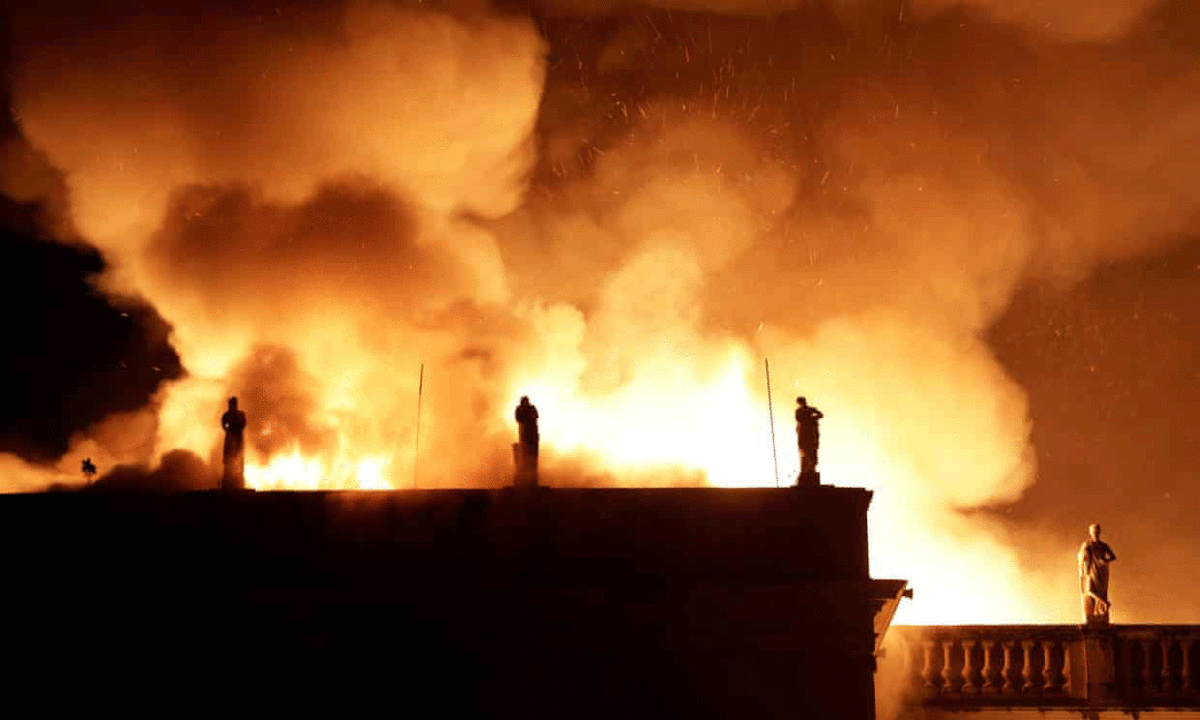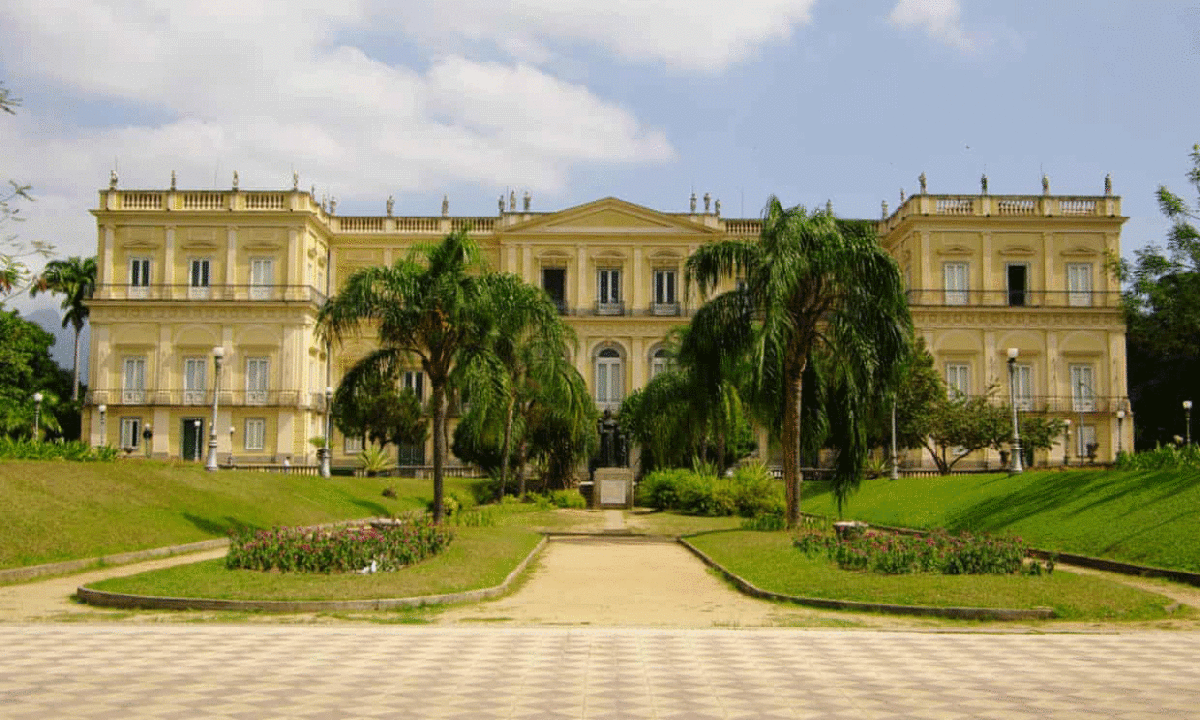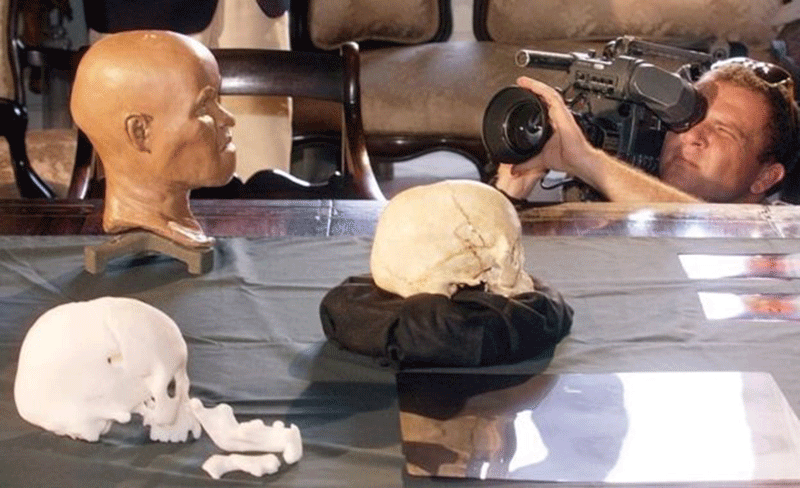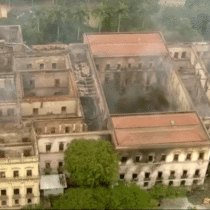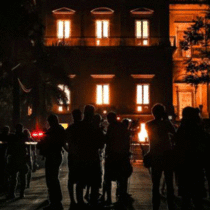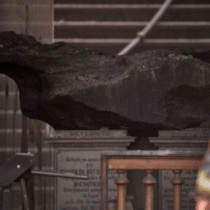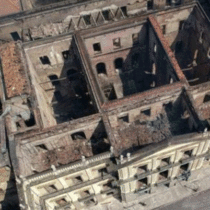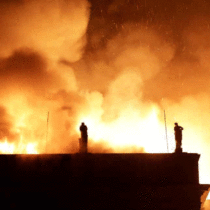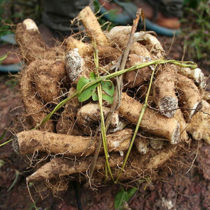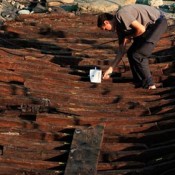On Sunday a fire destroyed a two-century-old building in Brazil which accommodated one of the country’s oldest and most significant museums. Hundreds of thousands of artifacts have been destroyed and others severely damaged. The artifacts in the museum ranged from fossils and dinosaur bones and from the Bendegó meteorite to artefacts and items from the pre-Colombian era, as well as items from Greco-Roman times and Egypt, and the oldest human remains ever found in the Americas. The museum contained about 20 million items and officials say about 90% of its collection has been destroyed.
The National Museum in Rio de Janeiro was established in 1818 aiming to promote scientific research. The building was initially a royal palace.
The fire started after the museum had been closed and continued throughout the night. Although there is no conclusive evidence on how the fire started and an investigation has been launched, the most likely causes, as Culture Minister Sergio Leitao stated, were an electrical fault or a homemade paper hot-air balloon landing on the roof. The disaster was aggravated since nearby hydrants were dry and fire-fighters had to get water from a nearby lake and tanker trucks. State authorities are accused by museum officials of having let the building fall into disrepair, while Luiz Fernando Dias Duarte, a deputy director at the museum stressed the irony of the fact that the museum had just secured funds from BNDE, the Brazilian government’s development bank, for a fire prevention project among others.
The government is now seeking funding from companies and banks to help rebuild the National Museum, as Brazilian President Michel Temer said. Rossieli Soares, Brazil’s Education Minister said that help is also sought internationally and talks have been initiated with Unesco.
Several people gathered outside the building and protested, accusing the government of not securing a budget for maintaining hydrants while finding the funds to build a brand new museum of tomorrow.
